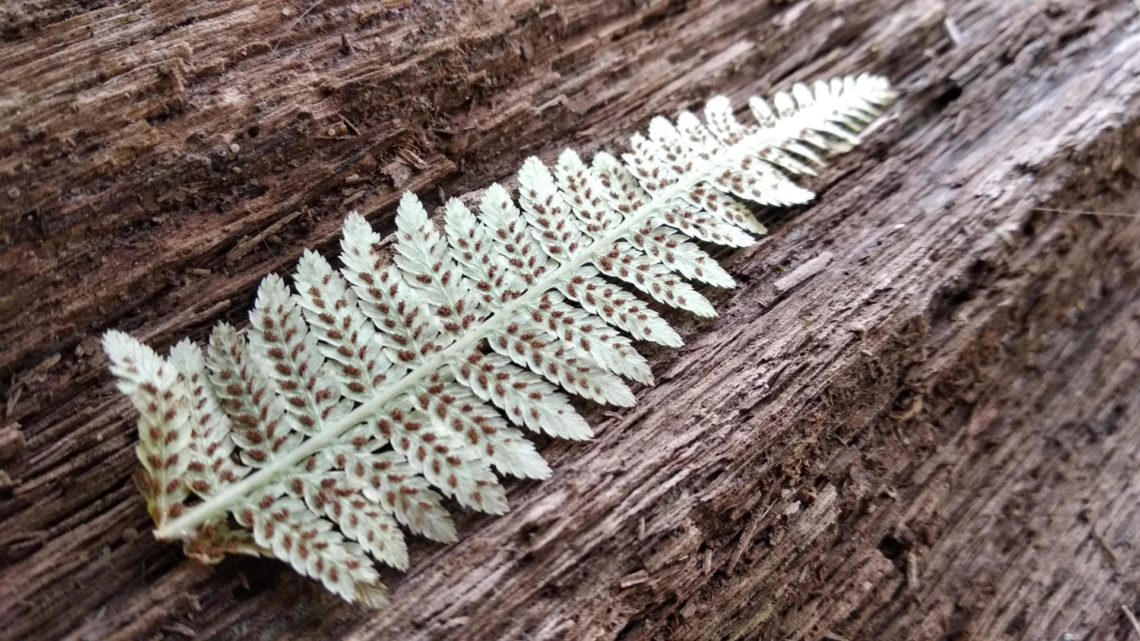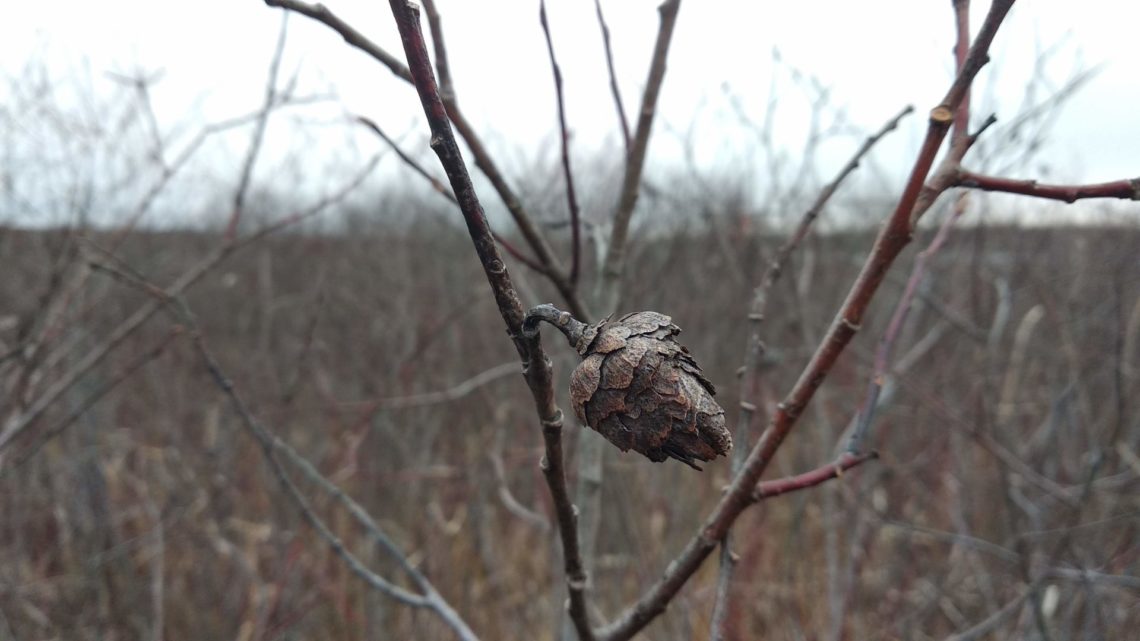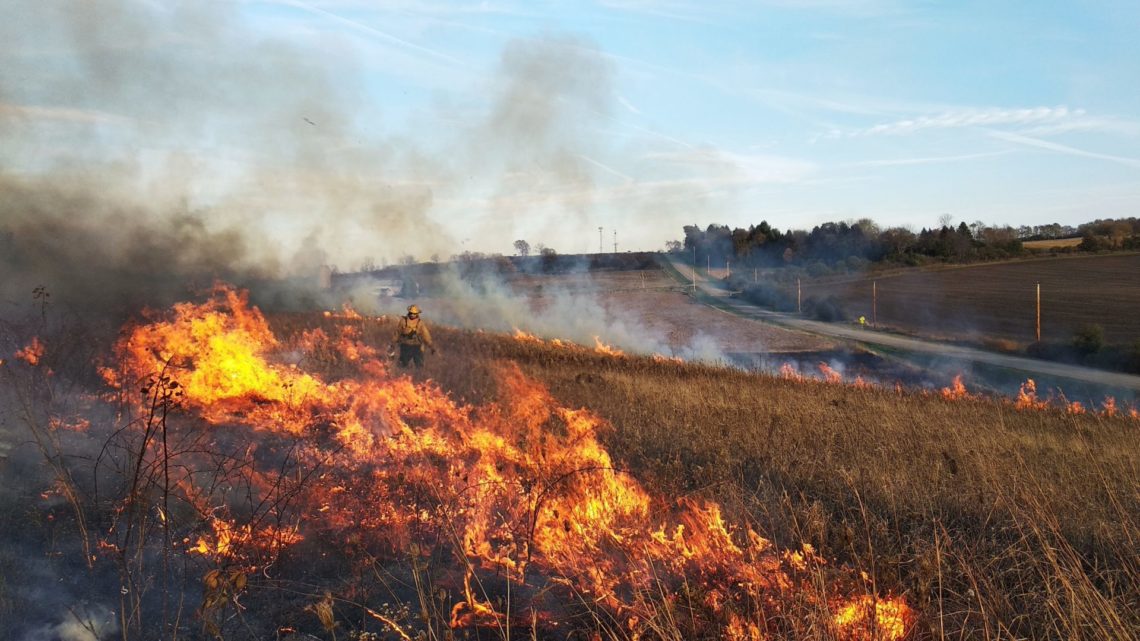The leaves are falling, the days are getting shorter, and the temperatures are finally starting to drop. For many, these changes signify a new chapter of the year. A chapter filled with watching football, hanging out with family, or even sitting in a tree and hoping a deer walks by.
For me this time of year is an exciting one, especially if you’re outside. Right now is when prescribed fires and prairie plantings are happening. It’s also just a great time to get outside and explore. There’s a lot more going on out there than it seems. So stop raking leaves for just a minute, and join me on a quick tour of what’s happening outside!
I will often head out for a hike with the goal of reaching a destination. Maybe that’s hiking to the end of a trail, finding the top of a bluff for a nice view, or racing back to the car because I forgot the snacks for my four-year-old in the back seat. While these are (mostly) great hikes, I find that I enjoy the slower hikes best. The ones where you stop and just look around for a while.
Last week I did just that when I found this milkweed seed (pictured above) that flew right into me. I stopped to look at it and was floored by how pretty it was. The way the fluff moved with the wind and how the seed blended in with the surrounding oak leaves. It was perfect, and I hope it made it to wherever it was heading (before I got in the way).
Despite the cold weather, you still might find ferns scattered around that do not seem to be phased by the temperature. I recently found this fern, which I believe to be a ‘lady fern’ on a hike. Since it was one of the few plant species that was still green, I went to go check it out and discovered hundreds of tiny spots on the underside.
These spots are tiny spores that get released to help the plant reproduce (sort of similar to mushrooms). This is one of the ways ferns reproduce since they do not produce flowers or seed. Ferns can also reproduce underground through rhizomes. It might be too late this year, but the next time you find a fern, check out underside of the frond to see these beautiful cinnamon-colored spores.
Have you ever seen something that looks like a pinecone, but it’s on a tree that is very clearly not a pine tree? If you have, you were probably looking at a type of alder. Alders are one of the few tree/shrub species that have leaves which do not change colors in the fall. They remain green until they fall off.
Once the leaves fall off, it’s much easier to notice the odd pinecone-looking things attached to the stems. They are in fact cones, and they work very similar to those you would find on a pine tree. Inside the cone are lots of little seeds that emerge from the cone to help it reproduce.
Lastly, I’ll leave you with this photo of a prescribed fire out at Westport Prairie (above). I recently had the privilege of helping out with this prairie fire that warmed me up on a pretty cold day.
This is one of the best management tools you can use to help keep prairies and oak savannas thriving, and is a common sight this time of year. The native plants have evolved with fire throughout the years and have deep roots that remain unharmed from the heat of the fire. This differs from the weedy shrubs and saplings that have shallow roots which get roasted by the flames. When spring arrives, the ground will be charred black which allows the ground to warm up quicker and gives the prairie plants a head start for the year.
Well, I hope you enjoyed my virtual tour of nature as it’s happening. However you experience the outdoors or nature, be it physical, virtual, spiritual, or anything in between, I encourage you to do it!
See you next month!




